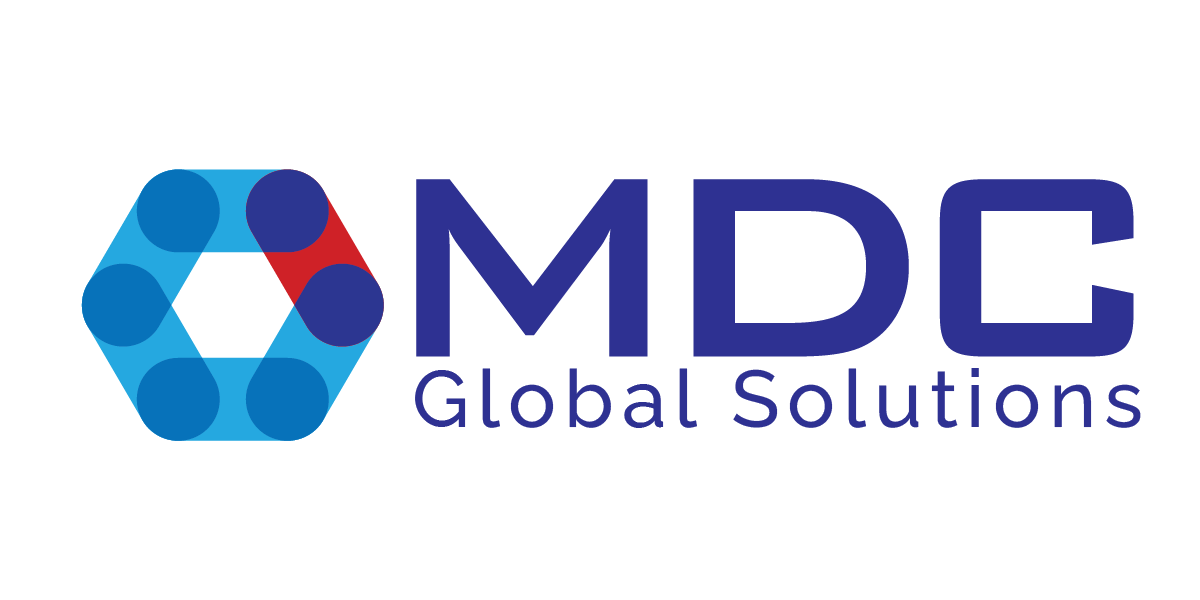A key tenet of the Department of Defense’s (DoD’s) fiscal improvement plans is supporting the auditability of financial processes and systems. Existing and future systems will need to satisfy joint general and application-level control requirements identified in the FIAR Guidance and the Federal Information System Controls Audit Manual (FISCAM). For organizations like the Defense Health Agency (DHA), these requirements have broad-reaching implications.
In an effort to remain aligned to the National Defense Strategy and DoD guidance, the DHA recently released its FY22 – FY26 Campaign Plan — a comprehensive five-year roadmap for how the agency plans to execute its healthcare mission and activate against strategic priorities. As the DHA pushes towards its 2026 goal of becoming a joint operational headquarters, financial management professionals will play a critical role in ensuring that goals are achieved and requirements are met.
Consistency and Discipline Are the Foundation of Auditability
The DHA Campaign Plan forms a comprehensive approach to executing on the agency’s top four strategic priorities: great outcomes, ready medical force, satisfied patients, and fulfilled staff. However, intangible elements like satisfaction and fulfillment can be difficult to quantitatively measure. Surveys are one option, but they typically aren’t robust or immediate enough to accurately measure the impact of specific initiatives. So, where does that leave the agency?
The real key to auditability is consistency and discipline. Because the DHA manages a global healthcare network of more than 400 military hospitals and clinics, many locations have their own ways of accounting for things. Certain supplies might be called different names, and success can be measured differently based on the region where the hospital or clinic is located.
In order for the DHA to meet the DoD’s auditability requirements, it’s crucial for every military treatment facility (MTF) to follow the same common nomenclature and use the same procedure for tracking inventory and measuring outcomes. Equally important is the discipline and communication it takes for every healthcare provider within the DHA to get on board with this new system and use it consistently — regardless of what they might have done in the past.
Don’t Plan to Have an Accurate Plan
The DHA Campaign Plan also outlines steps to consolidate systems and processes across the military health system (MHS) to create a joint operational headquarters responsible for servicing the MHS’s 9.6 million beneficiaries and the Services. Consolidation of this scale requires an enormous amount of planning and forethought to mitigate any potential roadblocks to success.
The pandemic showed us how quickly reality can break even the best-laid plans. At MDC, we’ve found that, rather than creating a rigid plan of action, it’s more important to prepare to respond to scenarios as they arise. Predictive analytics and artificial intelligence (AI) can help in this endeavor but in order for these technologies to work, they must receive consistent inputs. When every healthcare provider within the DHA uses the same lexicon and the same processes, it leads to better, purer sources of data that can be fed into an AI algorithm to identify patterns and predict potential obstacles that the agency should plan for.
Our experience as financial managers for the federal government has taught us to inject flexibility into planning as a way to respond to changing environments. In order for this strategy to work, you must understand all current processes and procedures and be able to identify where the opportunity to flex exists. Solid accounting, solid resource management, and understanding your demand signals all help to provide the information that military teams need to create adaptable, future-proof plans.
For the DHA, Success is within Reach
The DHA has always been united by one common goal: to provide excellent medical care for DoD employees and their beneficiaries. And while the steps that are outlined in the DHA’s Campaign Plan will certainly take a great deal of work, the DHA is also closer to success than you might think.
A major component of the DHA’s plan is to switch to a single financial system with a single set of financial policies that provides a common site picture for all DHA medical facilities to execute against. Once their managerial and cost accounting nomenclature has been established and deployed, the DHA will be better able to achieve its goal of becoming a fully auditable joint operational headquarters.
It will also be important for the DHA to partner with a savvy team of financial managers to ensure they’re aligned with overarching DoD requirements. MDC has extensive experience in cost accounting and working within FIAR guidance to develop systems that allow for the consistent application of data mapping, polls, and other accountability measures for faster RFI responses and more informed decision making. Success is within reach, and we look forward to helping the DHA achieve its campaign plan goals in the years to come.




